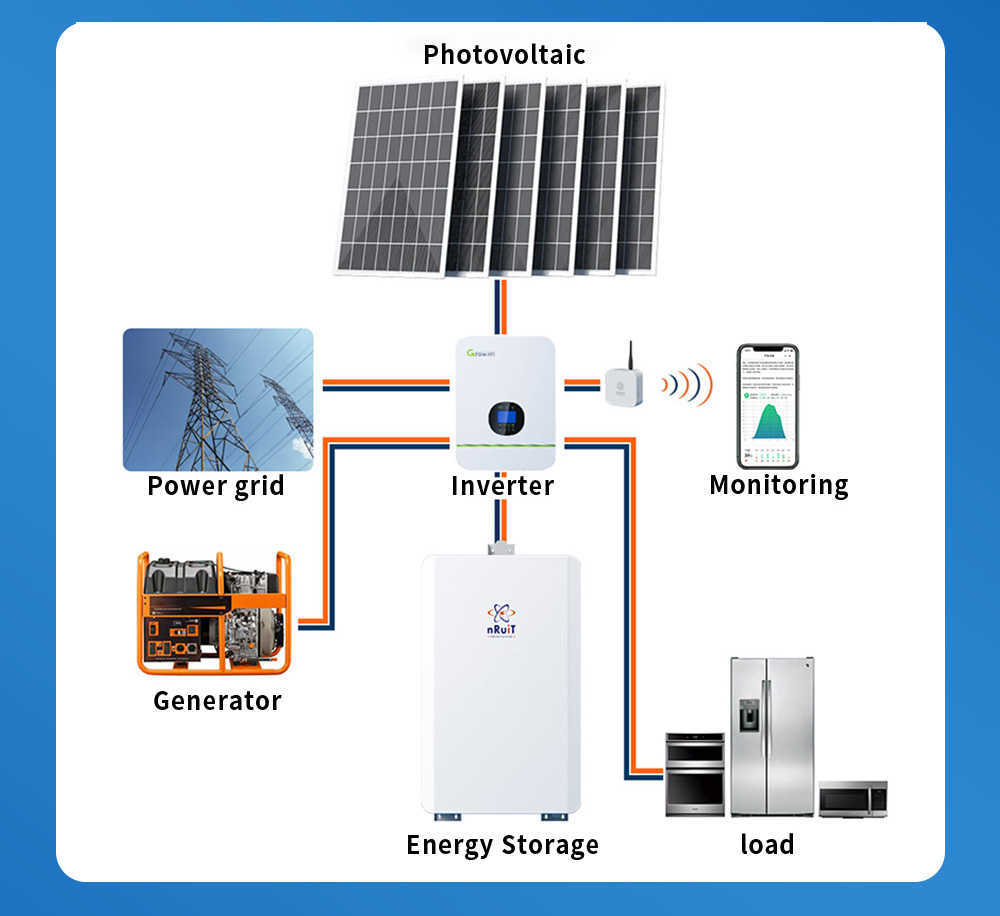
As the world continues to prioritize sustainability, Home Energy Management Systems (HEMS) have emerged as a pivotal solution for enhancing energy efficiency in households. These smart systems allow homeowners to monitor and control their energy usage, leading to reduced consumption and lower utility bills. However, the effectiveness of HEMS depends on several conditions that facilitate their integration and operation within a home.
A robust technological infrastructure is crucial for the successful implementation of HEMS. This includes reliable internet connectivity, smart meters, and compatible appliances. Without a solid foundation, the communication between devices and the central system may be compromised, leading to inefficiencies. Homeowners must invest in high-quality devices that can communicate seamlessly, ensuring real-time data collection and response. The integration of advanced technologies, such as the Internet of Things (IoT), further enhances the capabilities of HEMS.
One of the most critical conditions for the effectiveness of HEMS is user engagement. For these systems to be beneficial, homeowners must understand how to utilize them effectively. This includes knowing how to interpret data, adjust settings, and use energy-saving features. Regular training sessions, user manuals, and intuitive interfaces can significantly improve user experience and engagement. When homeowners take an active role in managing their energy usage, the potential for energy savings increases dramatically.
Human behavior plays a significant role in the success of HEMS. Individuals’ willingness to adapt to new energy-saving practices can either enhance or hinder the effectiveness of these systems. Encouraging responsive behavior, such as adjusting heating or cooling preferences based on energy prices or consumption patterns, can lead to substantial savings. To facilitate this, HEMS can offer personalized recommendations and alerts, making it easier for homeowners to adopt energy-efficient habits.
Financial incentives and support from local authorities or utility companies can create favorable conditions for the adoption of HEMS. Programs that offer rebates, tax credits, or grants for energy-saving upgrades encourage homeowners to invest in these systems. Additionally, utilities can provide resources, such as energy audits and consulting services, to help homeowners identify areas for improvement. Accessible financial incentives can significantly reduce the initial costs associated with HEMS, making them more appealing to a broader audience.
The integration of renewable energy sources, such as solar panels, with HEMS can amplify energy savings and sustainability efforts. By managing not only consumption but also production, homeowners can optimize their energy usage patterns. The ability to store excess energy generated from renewable sources and use it during peak demand periods leads to cost savings and reduced reliance on traditional energy sources. A well-designed HEMS can facilitate this integration, making it a seamless part of a homeowner's energy strategy.
Standards and regulations play a pivotal role in ensuring that HEMS operate efficiently and safely. Compliance with energy efficiency programs and adherence to safety standards can foster trust in these systems. Clear guidelines also encourage manufacturers to innovate and improve their products. Homeowners should prioritize systems that meet recognized standards, ensuring they benefit from the latest advancements in technology while contributing to a more sustainable future.
In conclusion, the successful implementation of Home Energy Management Systems hinges on several critical conditions. A strong technological infrastructure, user engagement, behavioral considerations, financial incentives, renewable energy integration, and adherence to regulatory standards all contribute to the effectiveness of HEMS. By addressing these conditions, homeowners can unlock the full potential of their energy management systems, leading to greater energy efficiency, sustainability, and savings. As awareness continues to grow, the integration of HEMS into everyday life holds the promise of a smarter, more sustainable future for homes worldwide.
Next:Optimization Suggestions for Home Energy Use
Previous:Home Energy Usage Survey and Energy-Saving Measures